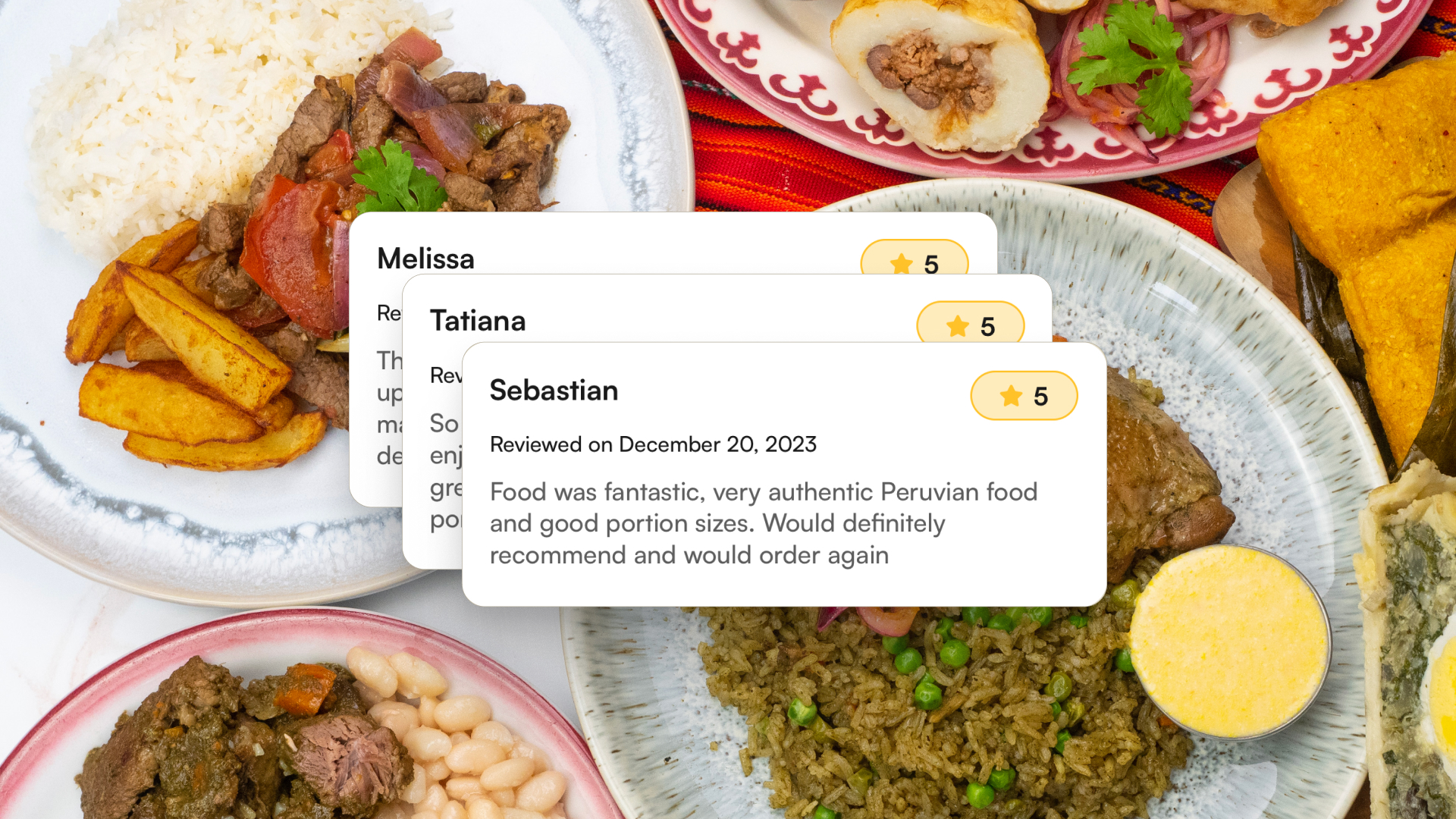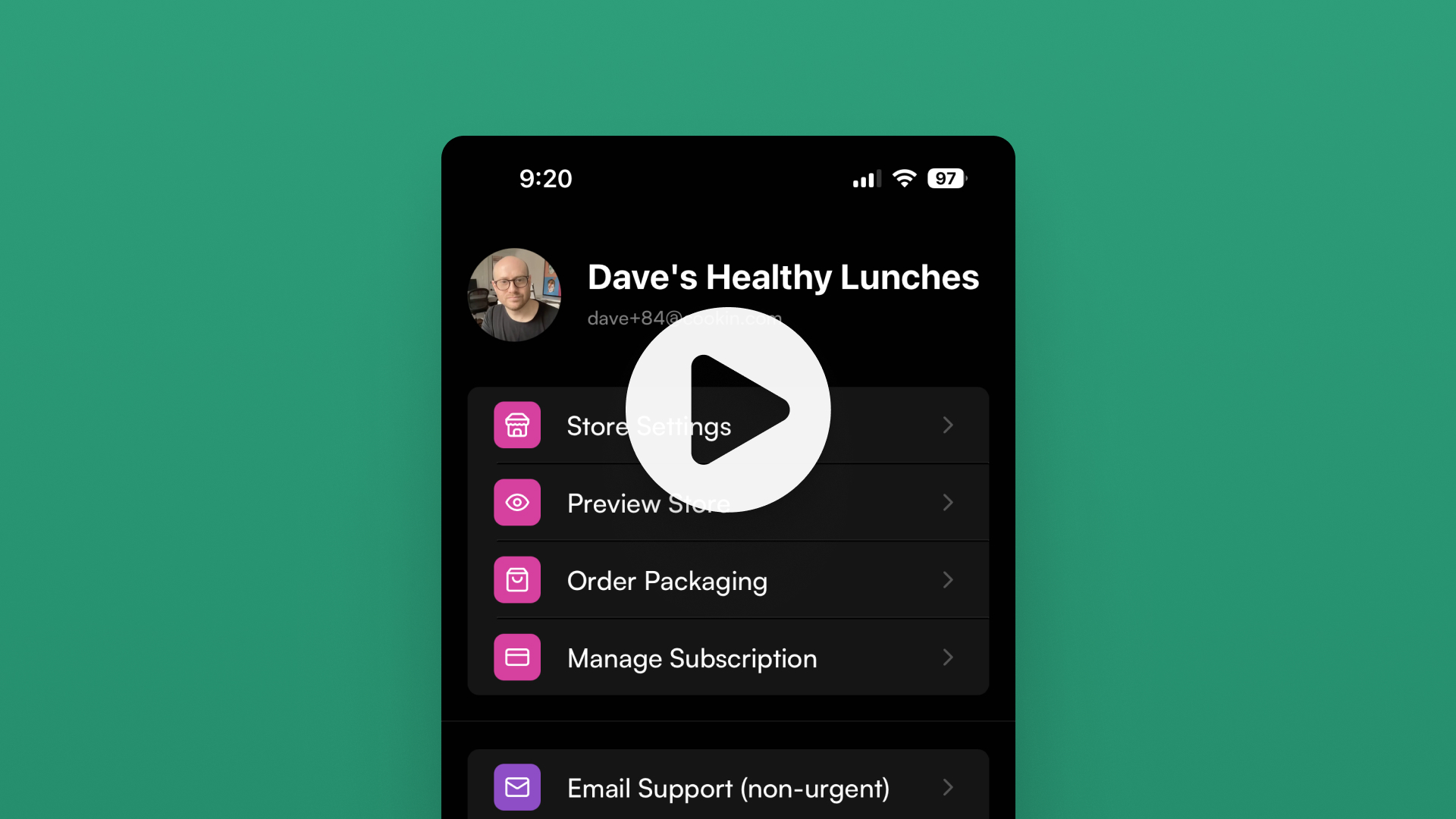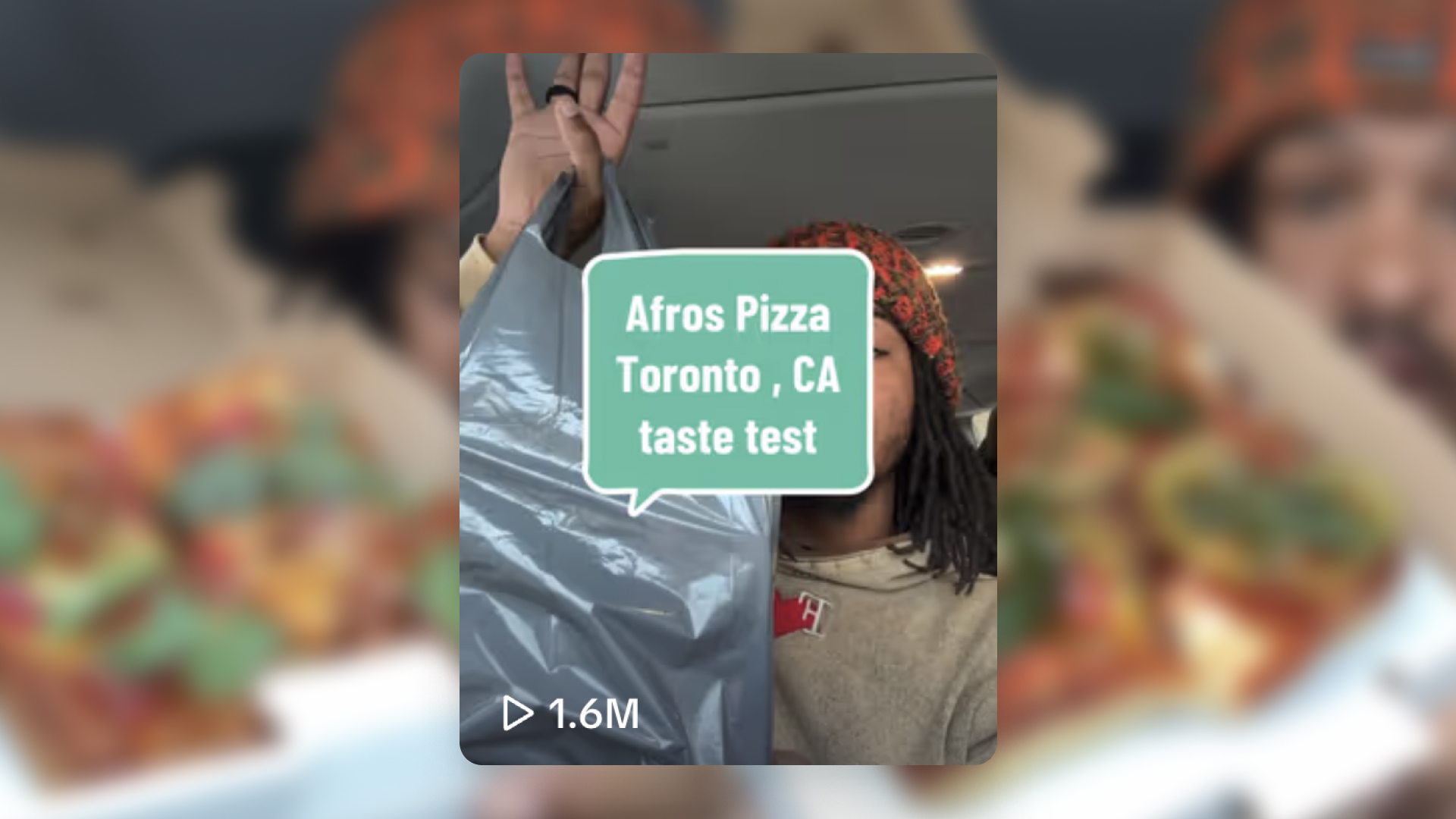Social media marketing is one of the best ways for food creators of all types to market and communicate with their customers (and grow their business). There are many approaches you can take with your social media marketing. Each social media account is unique, and there’s no one-size-fits-all template.
The most important thing is to be yourself, as that’s what people want to see. By utilizing this checklist, you can effectively showcase your brand’s personality to your followers.
This guide will dive into
Account Bio / Capturing Content / Posting Content: In-feed / Posting Content: Stories / Community Engagement / Community Outreach
Promoting your food business on social media is crucial for:
- Expanding your customer base
- Showcasing your unique offerings
- Engaging with your customers
- Directing new customers to your store.
💡PRO-TIP:
There are many platforms you can use. Start by consistently sharing on one before expanding to others. The best platforms for marketing your food business are Instagram, Facebook, and TikTok.

1. Account Bio
Your social media bio communicates essential information about your identity and services — it’s your digital business card!
Why it’s important:
It’s the first thing your customer sees on your profile, and you can make it actionable by linking to your Cookin store URL. This will make it easier for customers to order from you.
What your account bio should include:

- Brand name
- Type of food you offer
- Delivery platform & service area
- A fun note about your brand/food. (Example. Customer Reviews)
- Your store link/URL
2. Capturing Content
Create social media-focused content to engage your audience, like stories, photos and videos.
Why it’s important:
Creating social media profiles alone won’t drive traffic to your online store; appealing content is essential for building a memorable presence that attracts and keeps customers engaged with your business.
Here is a list of things to capture:

High-quality images of your food items*
Example: Seasonal & themed specials

Recipe videos

Taste testing

Behind the scenes of your daily operations
Example: Shopping, packaging, recipe testing
💡PRO-TIP:
Incorporating yourself into your content helps establish a more personal relationship with people viewing it, making them feel connected to you and your business!
*Note: It’s not necessary, but hiring a professional photographer to shoot images and videos of you and your dishes is an investment to consider! Fact: On average videos receive higher engagement compared to images and text.
3. Posting Content: In-feed
Publishing content to your social media profile where it remains permanently until deleted. In-feed posts have the potential to reach people who do not follow your account.

Why is it important:
To optimize your online presence, you need to share consistent content with engaging captions/descriptions and hashtags*.
*Hashtags are a way to label and categorize your posts. They then help social media platforms serve your posts to relevant users. We recommend using 3-5 hashtags per post. Use hashtags that help describe your post. Examples: #FoodDelivery #HomeMade #TorontoFood #ButterChicken #Salad
Here is a list of posts to share:

Image & videos

Customer reviews & testimonials

User-generated content
Example: Photos/videos taken by customers, that showcase their own experience with your business
💡PRO-TIP:
- We recommend you post daily, or at minimum, when you are available for delivery!
- Turn Stories into Highlights to categorize and provide useful information for your customers.
4. Posting Content: Stories
A social media feature that allows you to post photos or videos with text that automatically disappears within 24 hours. Your Stories content is separate from your in-feed content.
Why is it important:
Stories appear at the top of your followers’ feeds and get special attention on platform home screens. They come with interactive features, like clickable links, which regular in-feed posts don’t have.
Here is a list of stories to share:

Website links to your store

Questions, quizzes, polls, using Stories’ interactive stickers

Unscripted, behind-the-scenes brand content

Important information about your business
Example: How to order, hours of operation, special offers.

Repost tagged stories
Reminder: Tag the original account to foster relationships.
If you want more social media post inspiration – visit @cookin on Instagram.
5. Community Engagement
Community engagement is how much people interact with your social media content. It includes actions like post likes, comments, shares, and bio link clicks.

Why is it important:
Interacting with other social media accounts helps you make connections, which is important when you’re a small business owner. When you engage more, it develops empathy and boosts the likelihood that others will notice your content, which can attract new customers.
Community engagement tips:
- Encourage friends and family to share and interact with your content
- Respond to all post comments and direct messages
- Nurturing relationships can build a loyal community, resulting in ongoing sales.
- Make relationships with other local food creators & engage with their content
- This strategy aims to reach their customer base with the hope that they will reciprocate the support.
💡PRO-TIP:
Pay attention to trends. It helps you understand what people are looking for when they sign into their social channels.
6. Community Outreach
Reach out to previous and potential customers, as well as influencers, to form new connections and advertise your business.
Why is it important:
When others genuinely support your product, it can make more people trust and believe in your food business, reaching a bigger audience
Community outreach tips:
- Contact local foodie influencers, send them a sample of your food, and ask for a social media shoutout in return. The best way to reach out is through the DMs
- Note: Video reviews are the best way to reach a new audience
- Join and post in local social media groups to participate in conversations and build community
- Ask customers to write you a testimonial review
- Share these on your social pages for credibility!
💡PRO-TIP:
Word-of-mouth marketing is effective! Even nano-influencers with just 1,000 dedicated followers can help build brand trust.
7. Checklist
Last thing to remember:
Keep posting regularly on social media to help your business grow. If you follow these steps, you should start to get more followers, more people interacting with your posts, and more customers buying your food.
Be consistent and don’t give up! Here’s a mini-checklist to get started:
- Refine social media bio
- Capture & post consistently
- In-feed & stories
- Participate in community engagement
- Conduct community outreach







